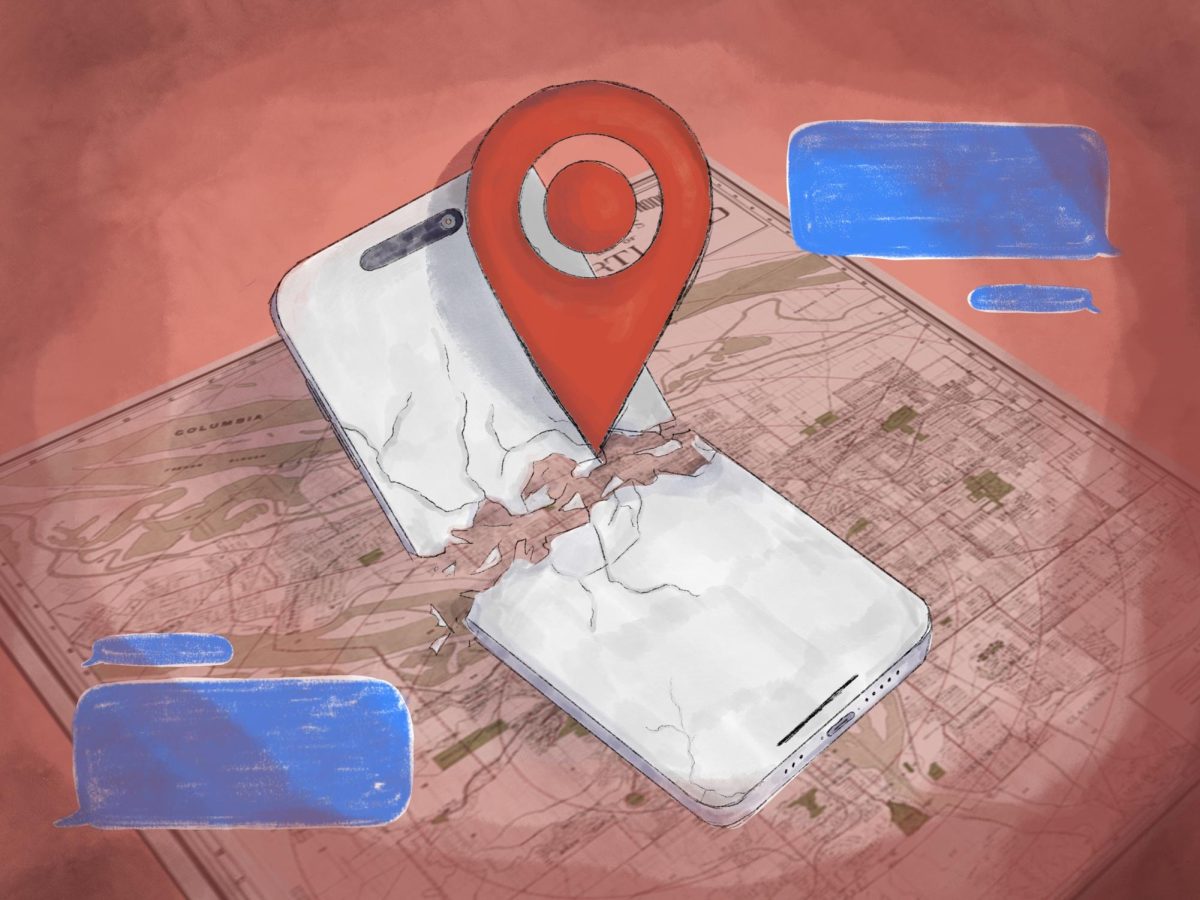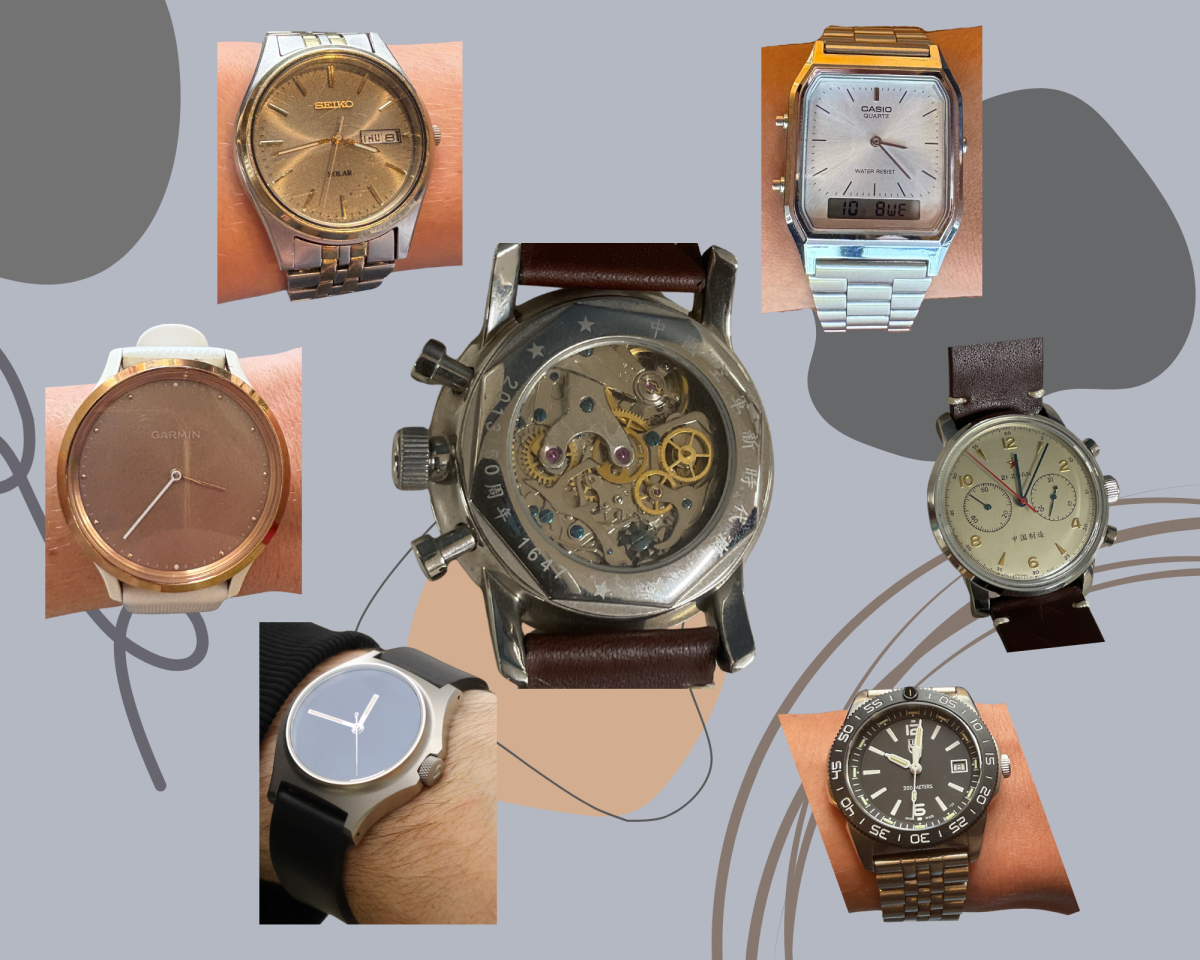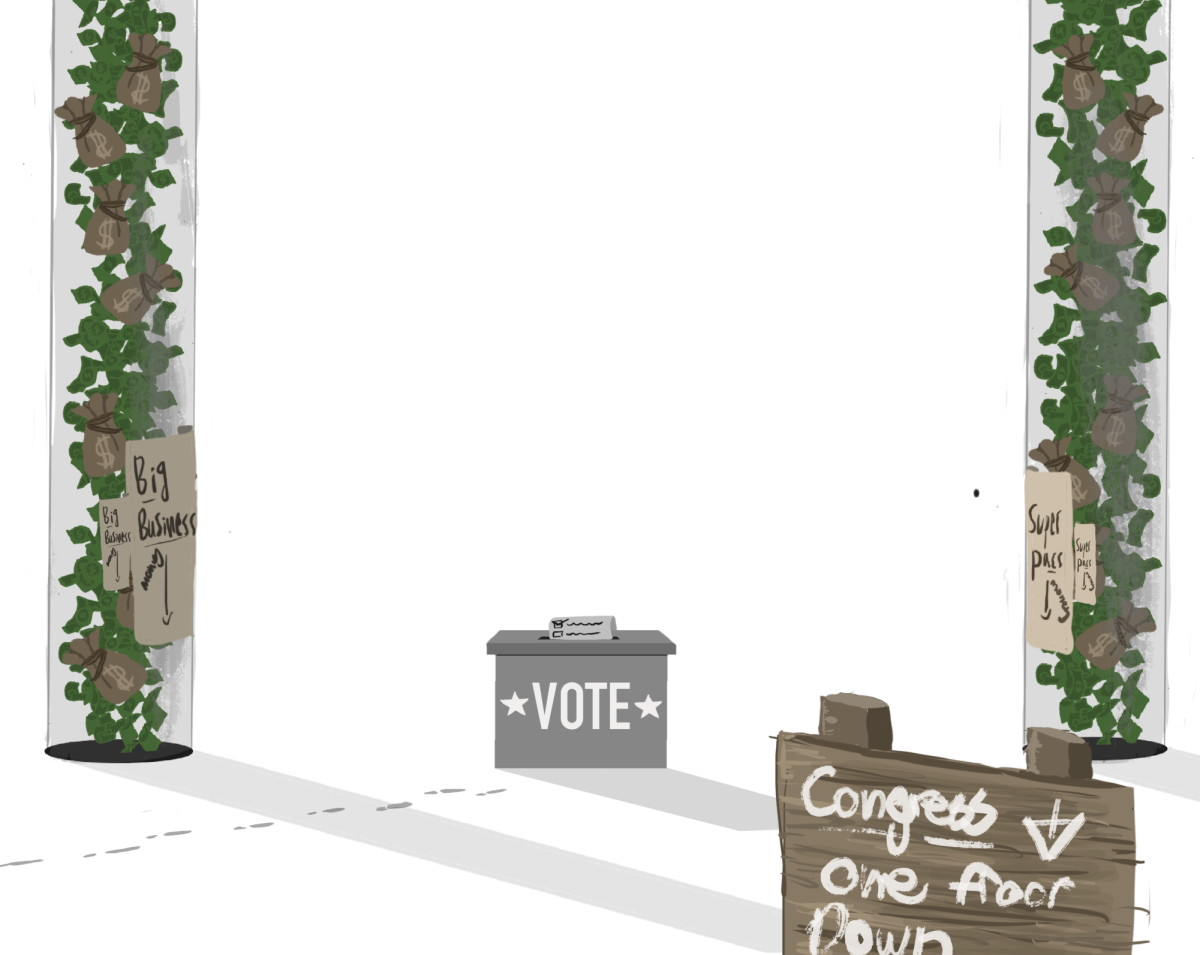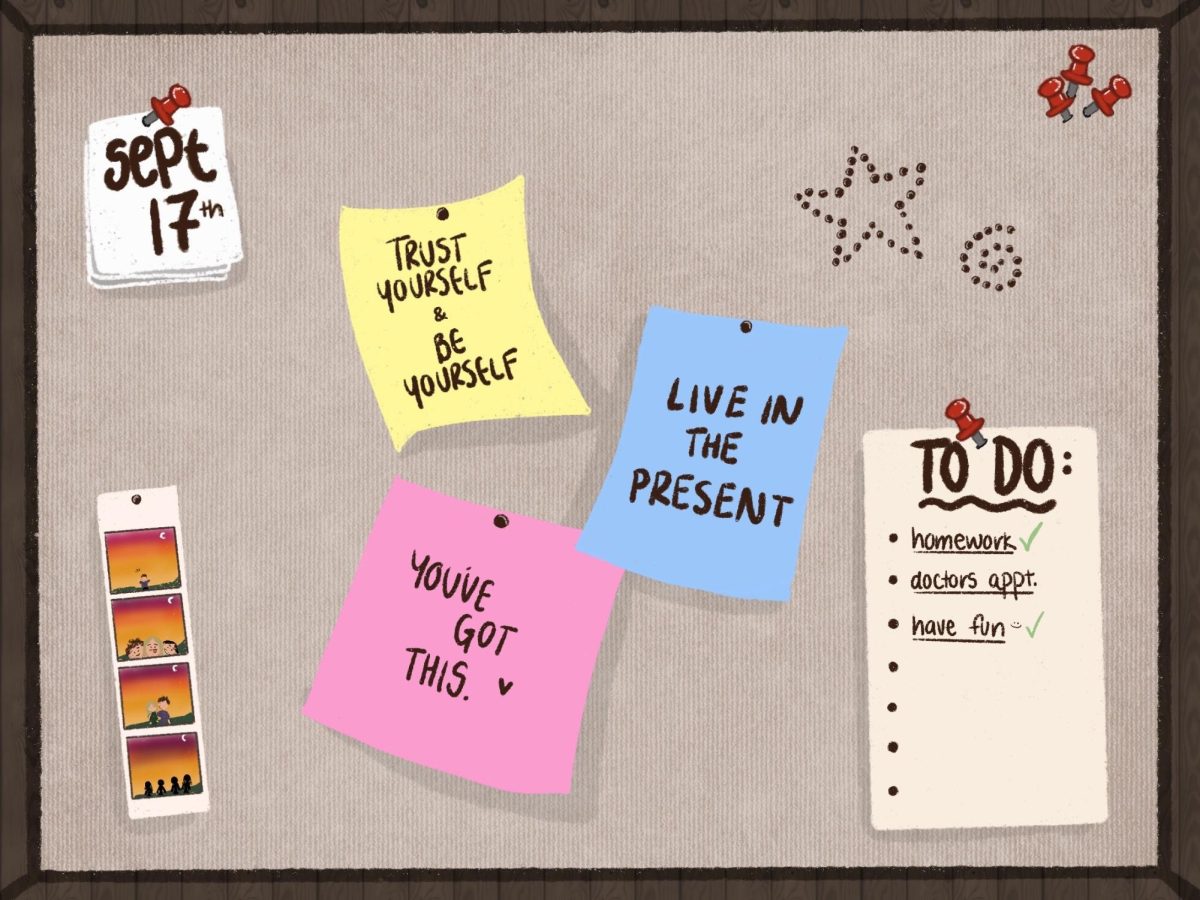“Where are you?”
That once-common question has become obsolete.
In an age of constant connectivity, cultural norms have transformed the location-sharing feature on many apps into normalized digital surveillance, leaving teens feeling pressured to be perpetually accessible at the expense of their privacy, mental well-being, relationships, and individuality.
To counteract this, all of us need to understand our contributions to these invasive practices.
The first step towards a societal shift is personal action and awareness.
On a larger scale, society needs to shift its focus from digital dependence and instead prioritize face-to-face connections.
The normalization of location sharing has made relationship insecurity common, enabling creepy behavior to be overlooked.
While surveillance might seem like an extreme word, many normalized forms of it have seeped into all aspects of our culture.
There are many examples of corporate and government tracking, as well as omnipresent subtle cultural norms that exemplify and glorify harmful privacy rights violations.
For instance, apps like Find My, Life360, Snapchat, Apple Messages, along with invasive reality TV, sitcoms, movies, influencer culture, and dystopian or sci-fi books and films, subject us to surveillance in subtle ways. All of this day-to-day media idolizes tracking gadgets and invasive technology by making them appear “cool.”
The most detrimental tools are location sharing services offered by many of these popular apps. They endorse location tracking as well as having other invasive features, enabling location sharing functions into normalized euphemisms for digital surveillance and friendly spying.
While location-sharing offers benefits like enhanced safety, accessibility, digital intimacy, and convenience, it infringes on the privacy rights of teenagers who face significant pressure to conform.
The Pressure to Conform
Peer pressure and social norms heavily shape how individuals perceive technology and decide to use it.
If a teenager perceives that their peers or society expects them to use certain security technologies or social media, they may feel obligated — even if they personally disagree.
On its website, Life360 highlights that “Americans see location sharing as a positive, with 89% of Americans saying their life benefits from location sharing — and this increases to an overwhelming 94% for Gen Z.”
This means that nearly 9 out of every 10 people already support location sharing, emphasizing how embraced it is.
And this statement, aimed at normalizing location sharing, only amplifies the pressure to participate and perpetuates the normalization.
With a perceived need to keep up with a supposed cultural shift, teens may feel manipulated into giving up their privacy to align.
Personally, I use apps like Snapchat to stay connected to friends and Life360 as a safety net with my family. Even though I know my privacy is being compromised, I fear social exclusion from friends and my parents’ anxiety if they cannot check up on my location.
And because it is so convenient to stay updated, it is almost irresistible for teens to constantly be in communication with their friends or feel inclined to check their location.
I believe that my privacy is being violated by these apps, but regardless of my concerns how it might completely alter my future by tampering with the images of others or myself, and the ability to form meaningful relationships, I cannot stop.
However, even if one is willing to quit, refusing to participate has its own challenges. Teens who reject the norm risk social exclusion, yet those who conform also feel disconnected, which only builds a negative feedback loop.
Constant digital accessibility is neither productive nor healthy.
In society — and especially among teens — the expectation of constant accessibility infringes privacy, and harms relationships, mental health, individuality, and the general freedom of teenagers.
Digital intimacy and the perceived feeling of closeness and connectivity through a screen or orchestrated images online, should not replace trust as the foundation of healthy relationships.
As an article in Psychology Today noted, “Monitoring is not the same thing as relational closeness. Apps like these are really marketing to our primal fear of uncertainty and danger in the guise of our need for connection.”
The most concerning app among teenagers is Snapchat, a popular social media platform.
Features like Snap Map allow users to see real-time updates of their peer’s locations, track when someone was last active, read a message, saved a photo, or took a screenshot, among other invasive actions.

Are there even benefits to these features?
They often seem designed to foster feelings of isolation and paranoia.
For instance, a teen might see a friend’s post, check their location, and realize their peers are hanging out without them, which can lead to spiraling thoughts: “Did they intentionally leave me out? Did I do something wrong?”
For teenagers, this pressure can manifest as panic and distress. Conformity often leads these distraught teens to avoid the communication that is necessary to solve the issue, which only causes more misunderstandings.
This feeling of exclusion is amplified by social media.
Snapchat’s mission statement claims that the app “empowers people to express themselves, live in the moment, [and] learn about the world.” They claim that “It’s the easiest and fastest way to communicate the full range of human emotions with your friends without pressure to be popular, pretty, or perfect.”
Even so, social media inherently harms relationships and self-esteem due to societal pressure to be “popular,” “pretty,” and “perfect.” There is a clear disconnect between the stated goals and their real-world effects.
Snapchat also states, “Our camera will play a transformative role in how people experience the world around them,” combining real world and digital perspectives.
But at what point does this alter our understanding of reality and human connection? If our perception of the world changes, then how do we understand reality and true human connection?
Mental Health and the Hidden Costs
Peer surveillance is detrimental to mental health, increasing anxiety, paranoia, and self-censoring.
Constant exposure to surveillance amplifies mental health disorders like anxiety and depression, which are already common among teenagers.
According to the U.S. Department of Health & Human Services, 49.5% of adolescents have had a mental health disorder at some point, which means that it affects about 21 million U.S. teens.
The stress caused by surveillance can also impair cognitive function as the brain’s fight or flight response is triggered and may contribute to learning difficulties and psychiatric disorders.
Omnipresent monitoring through apps, school technology, and public surveillance systems looms over the lives of teenagers, furthering chronic stress and a pervasive fear of being watched, leading to conformity and restricted self-expression.
Adolescence is a critical period for identity development, trust-building, and risk navigation. It is through these endeavors that teenagers understand their relationships with the world.
Surveillance disrupts these processes by distracting teens from an authentic formation. One that is navigated through their own problem-solving that is cultivated through their own perspective. This leaves teens ill-equipped to handle challenges independently later in life.
Rethinking technology use
It is time to rethink how we use technology.
Instead of normalizing surveillance, we should prioritize trust, open communication, privacy, independence, and real-world connections.
Mass location sharing as a norm is inherently harmful. Instead, teens should consider limiting location access to a small trusted group, or setting specific instances when location-sharing is safe.
This means that before going to a concert, sharing your location with two trusted friends while saying something like “I will text you I am okay when the concert ends” is setting a clear boundary. And if it is at all possible, I suggest that teens should try to avoid location sharing altogether, if the benefits can be achieved by open and healthy communication.
This tactic allows for people to reflect on the real reasons they are attached to their devices, and decide for themselves their motives, and if the benefits outweigh the costs.
If trying to shift away from relying on digital checks causes discomfort, good.
If a friend feels hurt that you no longer want to share your location, or turn on your read receipts, then that means you can discuss your values and strengthen that connection.
Working through uncomfortable conversations establishes and strengthens relationships, and face-to-face interactions should take precedence over digital ones.
By moving away from dependence on digital interactions and embracing privacy and trust, we can foster healthier relationships and a stronger sense of individuality for teenagers.
I just want to leave you with this: I myself have not even implemented all of these snippets of advice into my own technology use, but I am aware of their consequences and am trying to improve where I can.
Completely abolishing these society-driven norms is not realistic, and so all I ask is that you can take away an awareness, and perhaps a desire to take action.

















Chris Babinec • Apr 17, 2025 at 1:07 pm
This is a stand out piece of first person journalism. While it is an opinion piece, it provides data, links to research, and logical and compelling arguments. The piece implicitly and explicitly calls for self analysis, as well as community and cultural analysis. The article is well organized and persuasive. Thank you!